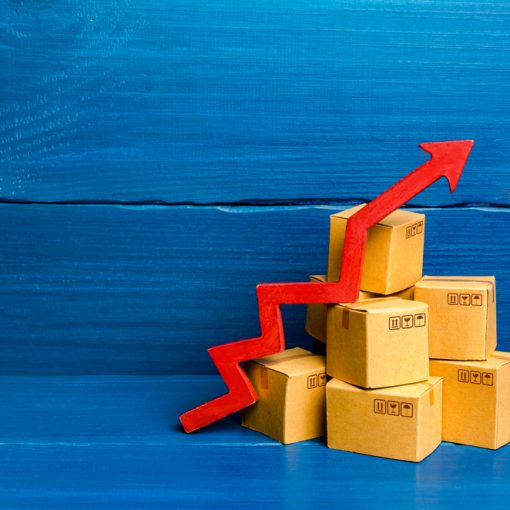Jeremy Schwartz, CFA, Executive Vice President, Global Head of Research
In a recent podcast, we featured two guests focusing on what is happening in China’s economy as it gets back to work following the large-scale shutdown to prevent the coronavirus from spreading further.
- Maura Pape is a strategist at DeepMacro, a firm that leverages high-frequency alternative data sets to inform systematic macroeconomic models.
- Brendan Ahern is the CIO of KraneShares, a firm focused on unique access products for China and the emerging markets.
Pape’s firm has some models that use high-frequency data gathered from the internet, particularly for China. Both DeepMacro’s industrial indicators (looking at pollutants in the atmosphere from satellites) and their people movement indicators are showing good bounce backs from their recent bottoms during the shutdown.
- Industrial activity is clearly below where it was over the last three years but is beginning to improve. If you index their indicator to 100 as of year-end, it is currently reading 47, but this is up from the low 30s, showing that activity is picking up once again.
- DeepMacro’s people movement indicators showed cumulative travel down 70% from prior years at bottom, but now travel is picking up and is even higher in some areas than last year.
While Chinese manufacturing Purchasing Managers Index (PMI) data this past weekend came out at the lowest level since 2008, it is good to have early reads into where next month’s activity is coming out, and it looks like it is rebounding!
Where to Invest in China
Ahern personally took the opportunity to buy the dip in China, adding exposures both last Monday and last Friday during the market drawdown. China’s markets have been holding up well, especially compared to U.S. markets, despite being the epicenter of this virus outbreak.
With China’s economy being shut down for weeks, there was an explosion in year-over-year growth rates for online consumption of many services, including 170% growth in online delivery of fresh foods and vegetables, 115% in delivery from supermarkets, and a staggering 340% month-over-month growth in internet-based health care check-ins. The shut-in also led to growth in online video games, music streaming services, movie watching and other entertainment, accelerating internet trends that were already in place. Ahern sees these new habits staying in place well beyond the coronavirus scare and believes the time at home likely accelerated the adoption of these internet services by older people.
While foreign economists are marking Chinese gross domestic product (GDP) expectations down, China is not cutting GDP targets for the 2020 calendar year just yet. While first-quarter GDP is going to be significantly reduced, China will take every measure it possibly can to ramp up the remaining three quarters.
So far China has implemented a number of stimulus measures, including cutting its prime and loan rates to ease borrowing pressures, issuing infrastructure bonds, cutting the value-added tax (VAT) and indicating that it will expand its budget deficit.
As investors, Ahern believes we want to align with the government growth activities, and we are likely to see a big pickup in activity as China’s message is “Let’s get back to work.”Please listen to the full conversation below.
Photo Credit: gags9999 via Flickr Creative Commons



